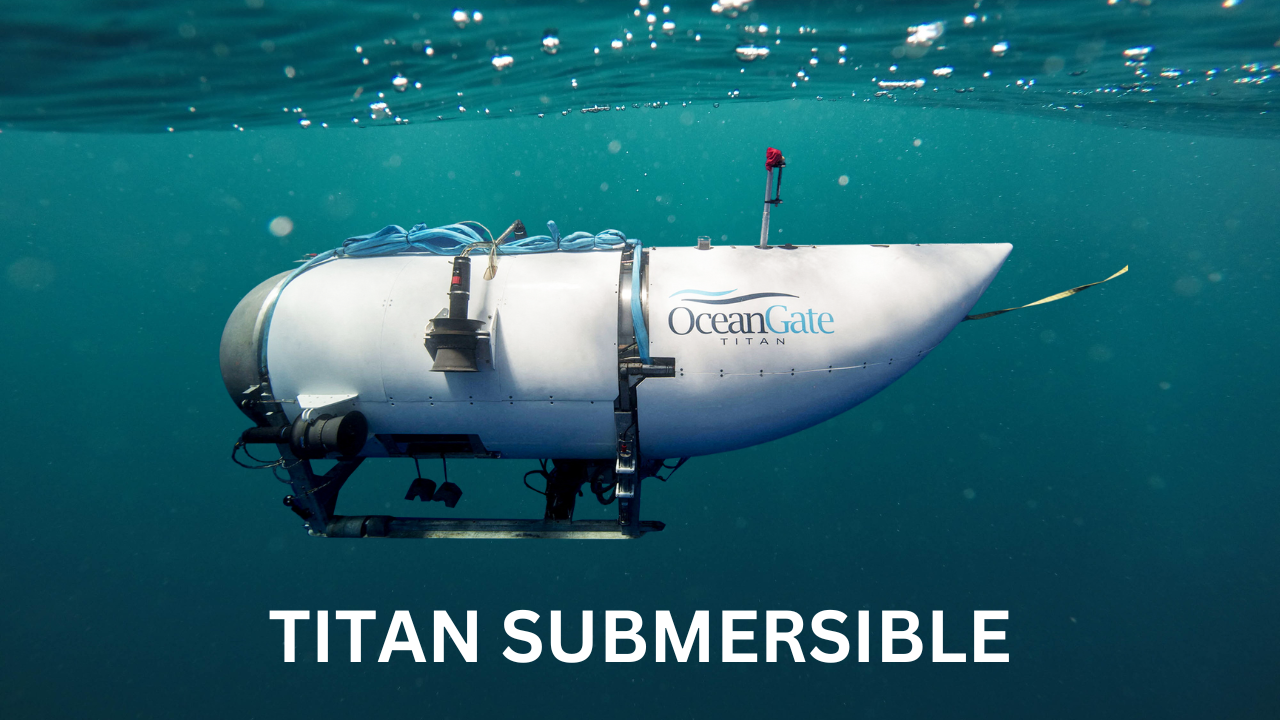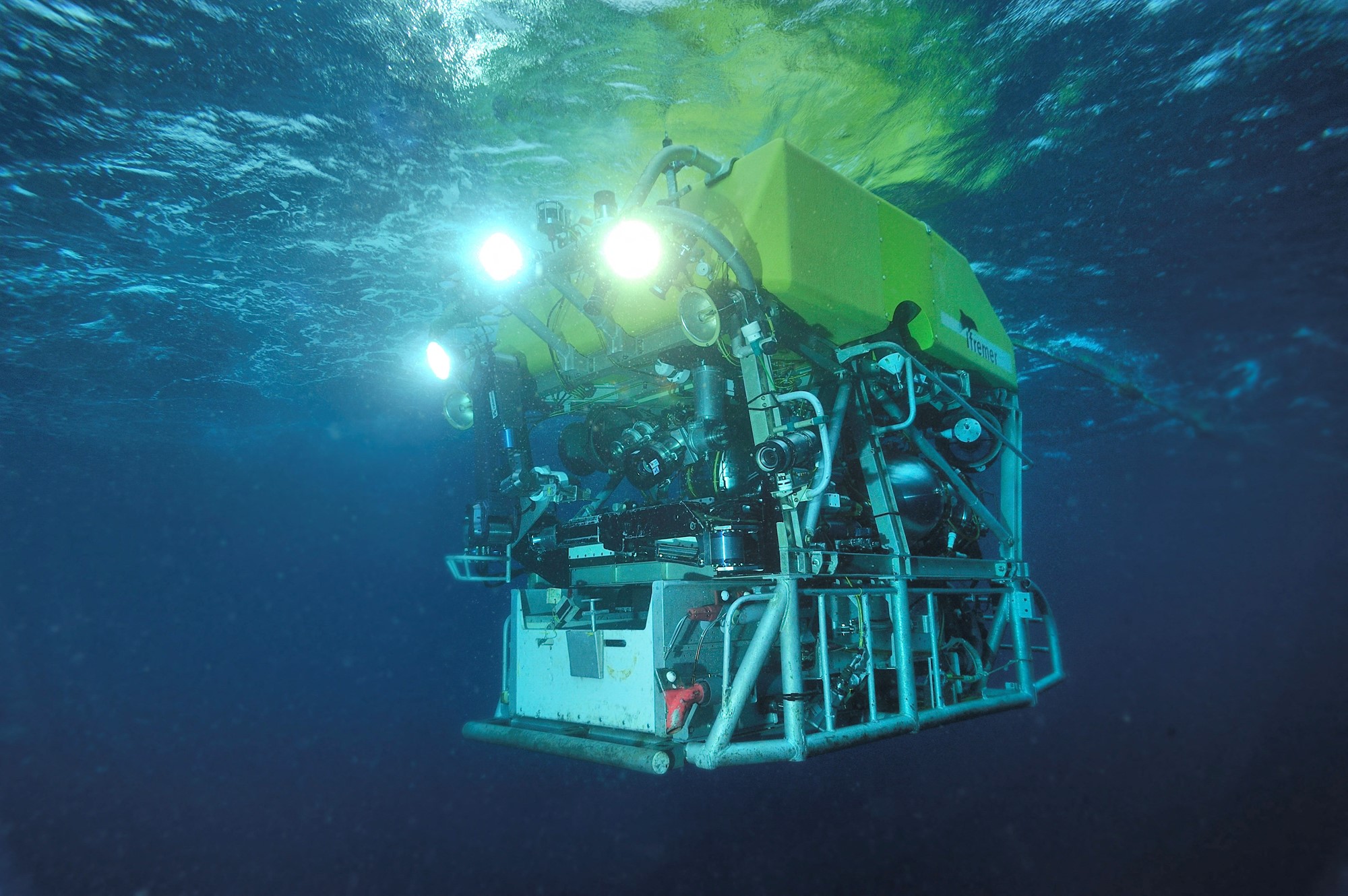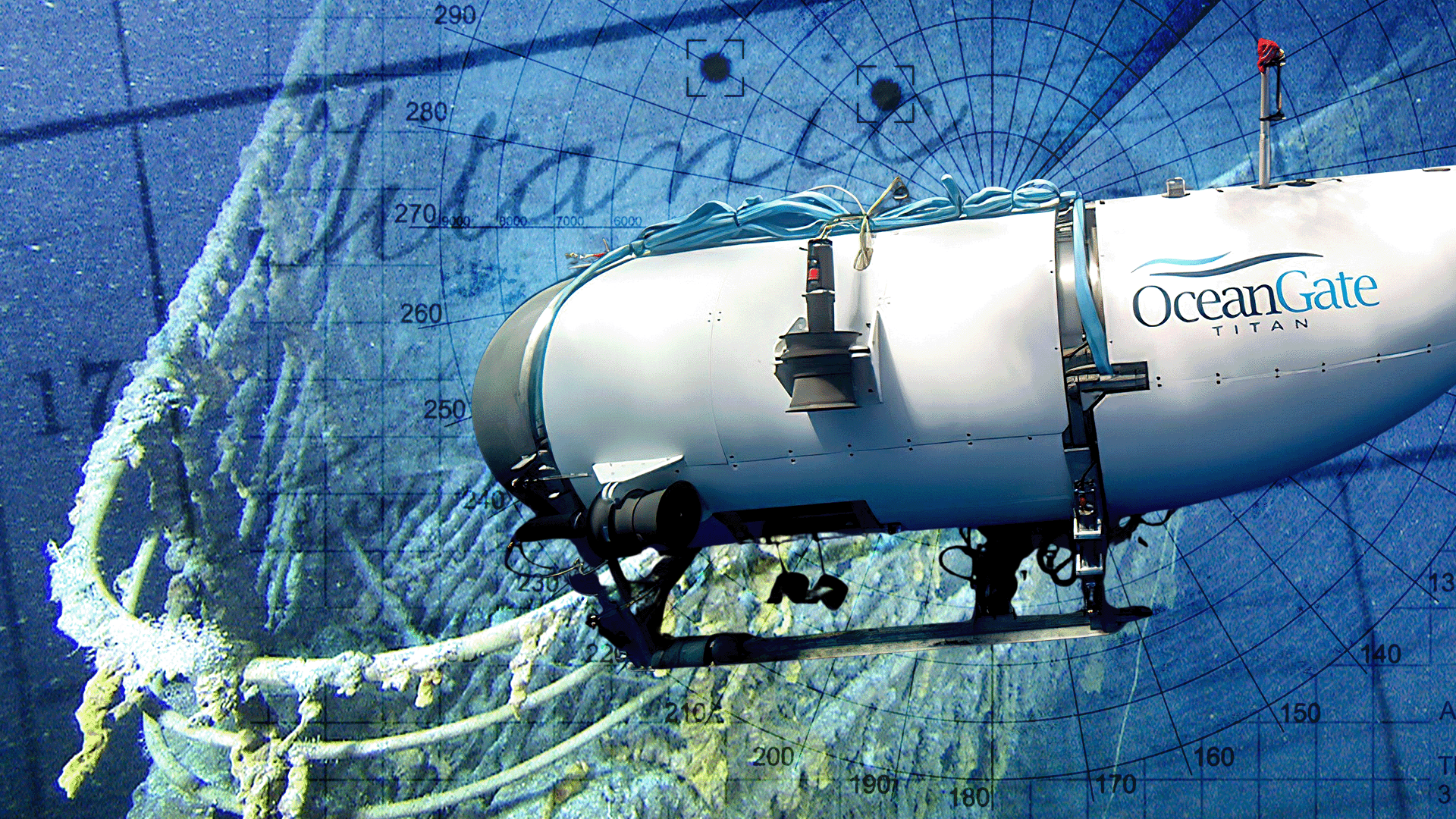
The ocean’s depths hold both incredible history and modern-day challenges. In recent times, the world’s attention has been drawn to the deep sea through two contrasting narratives: the tragic fate of a modern submersible venture and the enduring legacy of the most famous shipwreck, the Titanic, revealed through preserved artifacts.
These two stories, while separated by over a century, are intrinsically linked by the unforgiving environment of the North Atlantic and humanity’s persistent drive to explore, understand, or even commercialize its mysteries. One tale unfolds as a cautionary account of cutting-edge technology pushed to its limits, while the other offers a poignant glimpse into the past, told through the silent language of objects retrieved from the seafloor.
This article delves into both of these fascinating threads, drawing exclusively from available information. We will first examine the timeline and circumstances surrounding the loss of the Titan submersible and its connection to a local marine institute, before journeying virtually into a clandestine warehouse to uncover the secrets held within artifacts from the ill-fated RMS Titanic.

1. **The Distress Call and Initial Search Response**The alert that initiated a frantic international search began on June 18, 2023, when the Joint Rescue Coordination Centre (JRCC) in Halifax, Nova Scotia, received a crucial call. The voice on the other end, described as sounding “stressed and shocked,” reported that a private submersible, the Titan, had detached from its support vessel, the Polar Prince, much earlier that morning and had not resurfaced as expected.
The call detailed that the Titan had begun its descent approximately 10 hours prior to the notification. Crucially, the vessel’s integrated communication system, designed for text messages with the surface, had ceased working at 11:47 a.m. in the Titan’s time zone. Simultaneously, the tracking signal from its acoustic beacon had vanished from the Polar Prince’s screens, marking the last known contact.
The Polar Prince team waited beyond the expected nine-hour dive time before making the emergency call via satellite phone. The submersible carried five individuals: OceanGate CEO Stockton Rush, Titanic historian Paul-Henri Nargeolet, UK-resident father and son Shahzada and Suleman Dawood, and British aviation tycoon Hamish Harding. This delayed notification triggered an extraordinary multinational search effort spanning multiple days, nations, and time zones, captivated global attention, and highlighted the challenges of deep-sea rescue.

2. **Challenges of the Deep-Sea Search Effort**Responding to the Titan’s disappearance presented unique and immediate difficulties for rescue coordination centers like the JRCC in Halifax. Major Chris Simm, commander at the Halifax JRCC, upon receiving notification, recognized it as the “ultimate search-and-rescue problem” due to the scant information available and the significant amount of guesswork required.
Unlike a missing aircraft, for which some precedent and established protocols existed, Simm noted that an underwater distress case like this had “no precedent, no playbook, no process.” Getting search vessels to the remote site quickly was inherently difficult. Furthermore, there were no readily available US military submarines or ships equipped with the necessary underwater remotely operated vehicles (ROVs) in the immediate vicinity, complicating the initial response efforts.
The duty aviation officer at JRCC also understood that specialized aircraft capable of subsea acoustic detection would be essential for the search. Coordinating the deployment of these specific assets required approval from higher command, adding another layer of complexity to the urgent situation. The combination of remoteness, lack of established protocols for deep-sea submersible rescue, and the need for highly specialized equipment made this search particularly challenging from the outset.

3. **The Discovery of the Titan Debris Field**The urgent search effort, initially focused on locating a potentially stranded or disabled submersible, eventually took a grim turn. After days of searching across a vast area, the crucial breakthrough came with the discovery of a debris field on the seafloor.
The critical finding was confirmed when the tail cone and other debris from the Titan were located. This debris was found approximately 1,600 feet from the bow section of the Titanic shipwreck, indicating a catastrophic structural failure had occurred during the submersible’s descent.
The discovery confirmed the fears that the five people on board had perished in an implosion under the immense pressure of the deep sea. This finding transitioned the operation from a rescue mission to a recovery effort, providing a definitive, albeit tragic, answer to the fate of the Titan.

4. **OceanGate CEO Stockton Rush on Risk and Rules**Stockton Rush, the CEO of OceanGate and pilot of the Titan on its final dive, held controversial views on safety regulations and risk in deep-sea exploration. He was a self-described rule-breaker and risk-taker, stemming from a background in a family involved in California’s oil industry, which afforded him significant wealth.
In a November 2022 interview with CBS News, conducted around the time he was negotiating a partnership with Memorial University’s Marine Institute, Rush articulated his philosophy. He famously stated, “I mean, if you just want to be safe, don’t get out of bed. Don’t get in your car. Don’t do anything. At some point, you’re going to take some risk, and it really is a risk-reward question.”
Rush went on to express his belief that he could achieve safety by unconventional means, asserting, “I think I can do this just as safely by breaking the rules.” He also revealed at a GeekWire Summit in October 2023 that certifying agencies’ rules for human-occupied submersibles were, in his view, “over the top.” He acknowledged being far outside the conventional approach, particularly regarding the use of carbon-fiber for the hull instead of the standard titanium, stating, “when you’re outside of the box it’s really hard to tell how far outside the box you really are. And we were pretty far out there.”

5. **The Extensive OceanGate Expedition Waiver**Passengers who wished to join an expedition aboard the Titan submersible were required to sign a comprehensive waiver that laid out the inherent risks involved. This document explicitly stated the experimental nature of the vessel and its lack of approval or certification by any regulatory body.
The waiver also highlighted that the Titan was “constructed of materials that have not been widely used for manned submersibles,” pointing to its unique design choices, such as the carbon-fiber hull. It clearly warned passengers that diving below the ocean surface would subject the vessel to “extreme pressure.”
Crucially, the waiver detailed the potential consequences of a vessel failure while aboard, stating it could cause “severe injury, disability, emotional trauma, other harm, and/or death.” The gravity of the risks, particularly the potential for loss of life, was starkly emphasized by the document mentioning death three times on the first page alone, and a total of nine times throughout the waiver.

6. **Marine Institute’s Initial Eagerness for Partnership**Months before the tragic implosion of the Titan, leadership at Memorial University’s Marine Institute showed considerable enthusiasm for the prospect of partnering with OceanGate. This interest was apparent following a visit to the Titan submersible while it was docked in St. John’s Harbour on July 9, 2022.
Then-Memorial University Vice President (Marine Institute) Robert Shea, along with incoming Associate Vice-President (Academic and Student Affairs) Angie Clarke and Interim Head of the School of Ocean Technology Joe Singleton, toured the vessel. Just hours after their visit, Shea conveyed strong interest to Stockton Rush, declaring that “the ‘proverbial doors’ of the Marine Institute at Memorial University are open!” and expressing a desire to “discuss future possibilities!”
Angie Clarke also expressed her positive impression in an email to her colleagues following the tour, remarking, “Amazing what they are doing.” Although the specifics of what Rush shared during this initial visit are not detailed, this early interaction clearly indicated a strong inclination from Marine Institute leadership to explore collaboration with OceanGate.
Stockton Rush himself visited Marine Institute later that month, on July 25, accompanied by OceanGate Director of Logistics and Quality Assurance Scott Griffith. Following this visit, Shea noted in an email to Rush the next day that there were “Lots of opportunities,” further highlighting the potential for partnership as perceived by the institute at that time.
The events surrounding the Titan submersible and the enduring legacy of the Titanic, as told through its recovered artifacts, paint a picture of humanity’s complex relationship with the deep sea – one driven by exploration, commerce, and a fascination with history. Following the initial interactions between OceanGate and Memorial University’s Marine Institute, the potential partnership entered a phase of active negotiation, revealing Stockton Rush’s persistent push for a swift agreement and the institute’s eventual rationale for its involvement.




